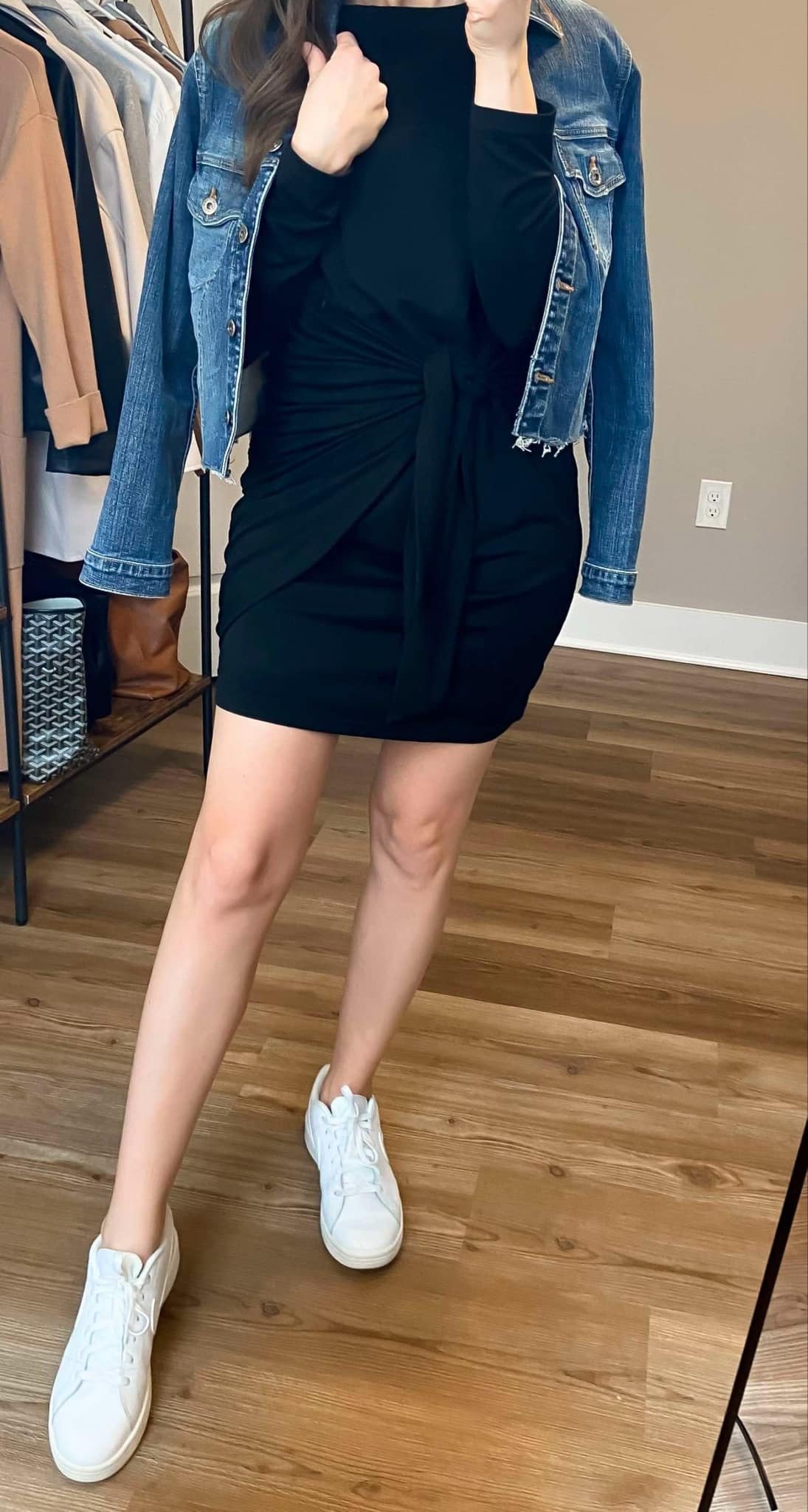History of the Little Black Dress
Introduction: A Look into The History of Black Dresses and Why There’s Nothing “Little” About Them Created by Coco Chanel in 1926, the little black dress was translated to ready-to-wear as a staple of late afternoon and cocktail hours; American women at every level of consumption knew the importance of a practical, “well-mannered black.” Black had been used for formal and semi-formal occasions in preceding decades. Later in her career, Coco Chanel said: “I imposed black; it is still going strong today because black wipes out everything else around.” Chanel was certainly right about the power of this color, though she was by no means the first to harness it in the sartorial realm. In fact, black clothing has had a long and complex life in the west tied to different religious, cultural and political practices, and while I can’t delve into them all, I wanted to share with you some of the ways the black dress has been featured in the history of art from the 15th to the 19th centuries.
This staple of our wardrobe—so quintessential we often take it for granted—offers an illuminating lens through which to consider how women were perceived—and how they presented themselves—in the past. When his father was murdered in 1419, Philip the Good, Duke of Burgundy, took to wearing black nearly exclusively, though he hardly stuck to wearing unassuming outfits. On the contrary, Philip’s black gowns were luxurious, often made of rich velvet, and supplemented by equally sumptuous accessories such as poulaines—exceedingly narrow, pointy shoes that I’ve always suspected would require a Sarah Jessica Parker-level of expertise to wear without causing self-harm.
This allowed Philip to cultivate a striking look that denoted not only grief and enduring devotion to his father, but also authority and wealth. In the sea of colorful fashions that the Burgundian court had favored till then, Philip’s adoption of black as his signature color made him conspicuous and made it clear who was in charge. Of course, it wasn’t long before others took to emulating his style. Black grew increasingly popular among women as well, its darkness appreciated both for its elegance and association with modesty and piety. Artists took full advantage of the aesthetic possibilities of marrying dark colors with pale skin. In fact, by the late 19th century, black for evening gowns had become the epitome of chic and sensuality.
WHY EVERY WOMAN NEEDS A LBD?
A little black dress is your passport to sartorial success The LBD is a staple for every woman’s wardrobe. It embodies simplicity, versatility, and sophistication. The little black dress is part of every woman’s success.
Content:
- History of the Little Black Dress
- Why Every Woman Needs an LBD
- Casual Day Outfits: Pairing with denim jackets and sneakers


- Office Wear: Adding blazers and elegant pumps


- Evening Glam: Accessorizing with statement jewelry and heels
- Weekend Brunch: Styling with cardigans and flats
- Seasonal Tips: Layering for winter and summer looks
